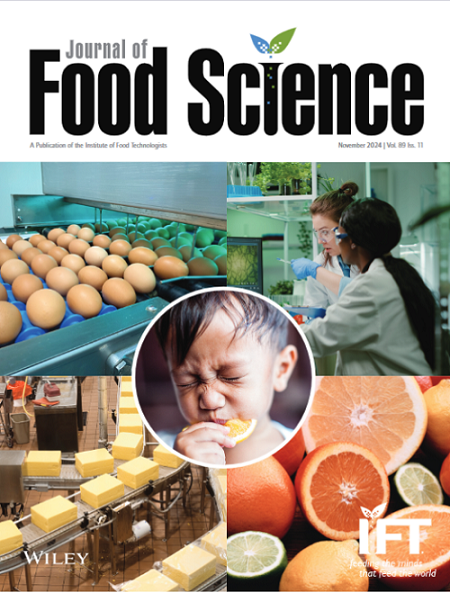Mechanical Analysis of Twin-Screw Extrusion of Grain Gel
Abstract
In this study, we prepared rice noodles using grain gel as the raw material with a twin-screw extruder to assess the effects of extrusion temperature, screw speed and lead, and die hole diameter on the pressure distribution during extrusion. An extrusion model was established, the extrusion process was analyzed using simulation technology, and control and mechanical parameters were optimized. Along the extrusion direction, the overall pressure gradually increased. And it decreased with increasing screw lead or die hole diameter. The radial pressure in the engagement zone maximized at its center point. The outlet pressure was stable and evenly distributed, with key parameters differing. When temperature (Zone II) was 121°C, screw speed was 150 rpm, screw lead was 25 mm, and die hole diameter was 2 mm, the radial pressure (zone III-II: 5.3 ± 0.048 MPa; zone II-I: 8.7 ± 0.047 MPa) was the most homogeneous, and the material conveying was in its most stable state. Our study provided a theoretical basis for optimization of control parameters and the mechanical structure of the twin-screw extruder.





 求助内容:
求助内容: 应助结果提醒方式:
应助结果提醒方式:


